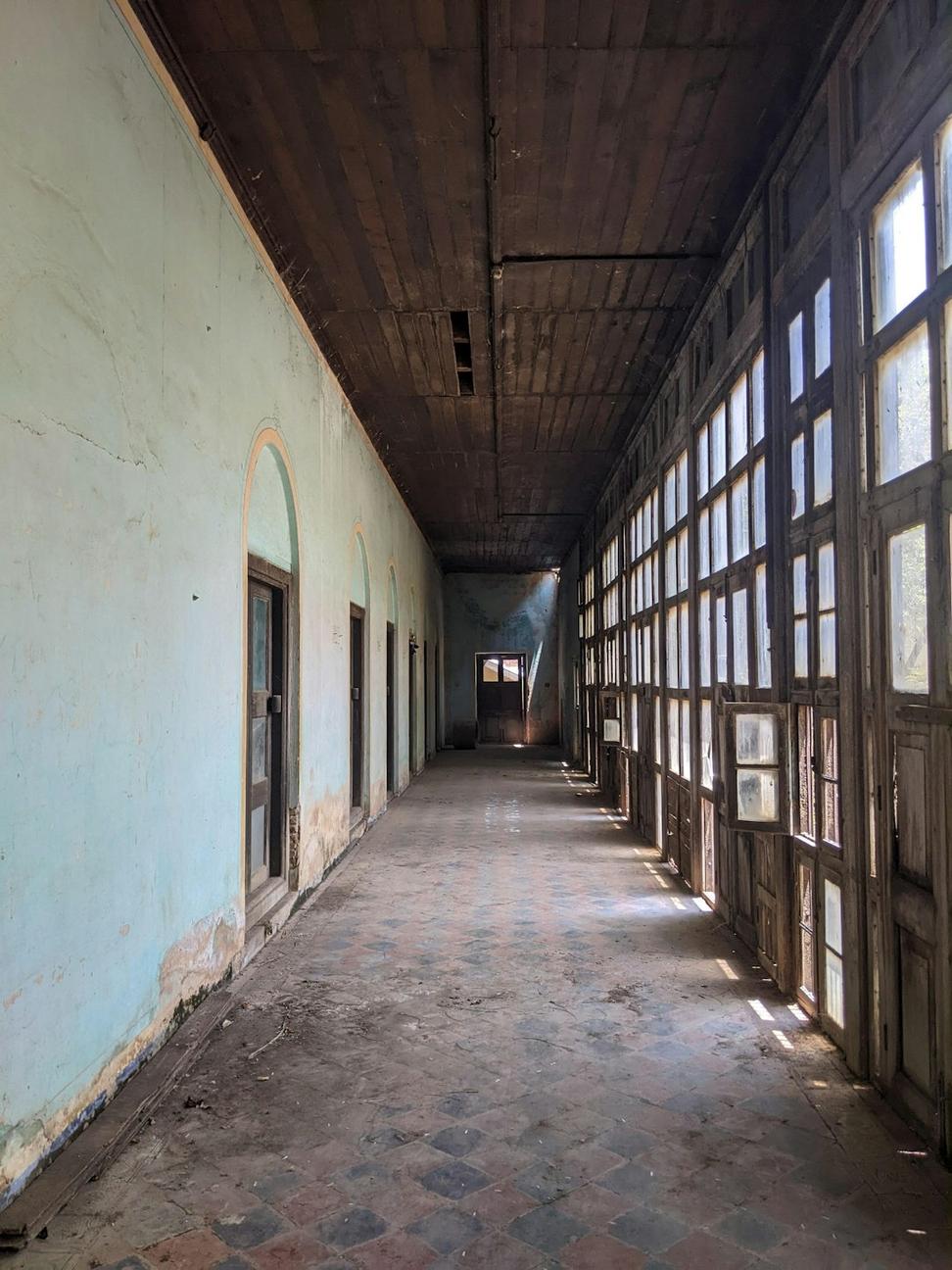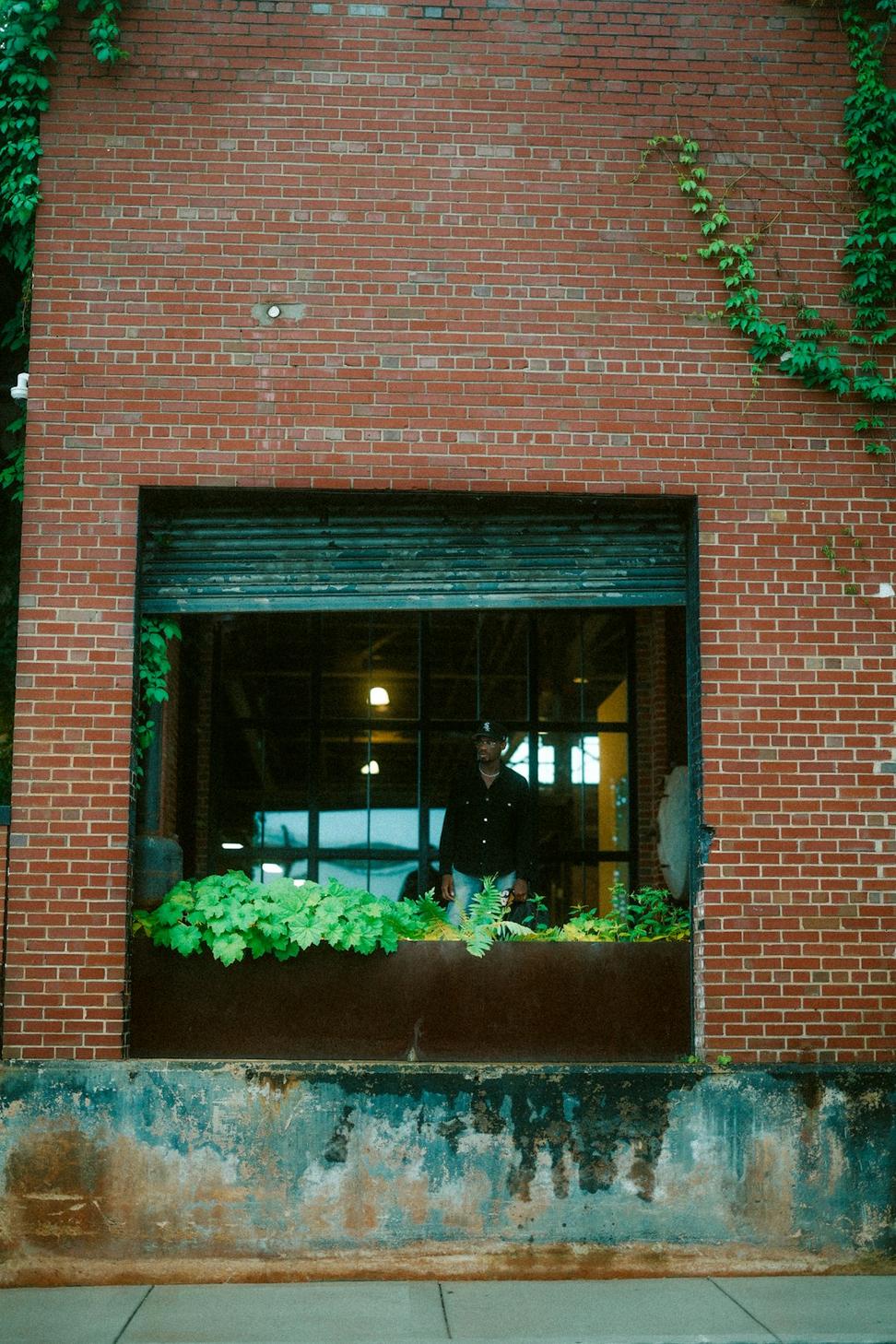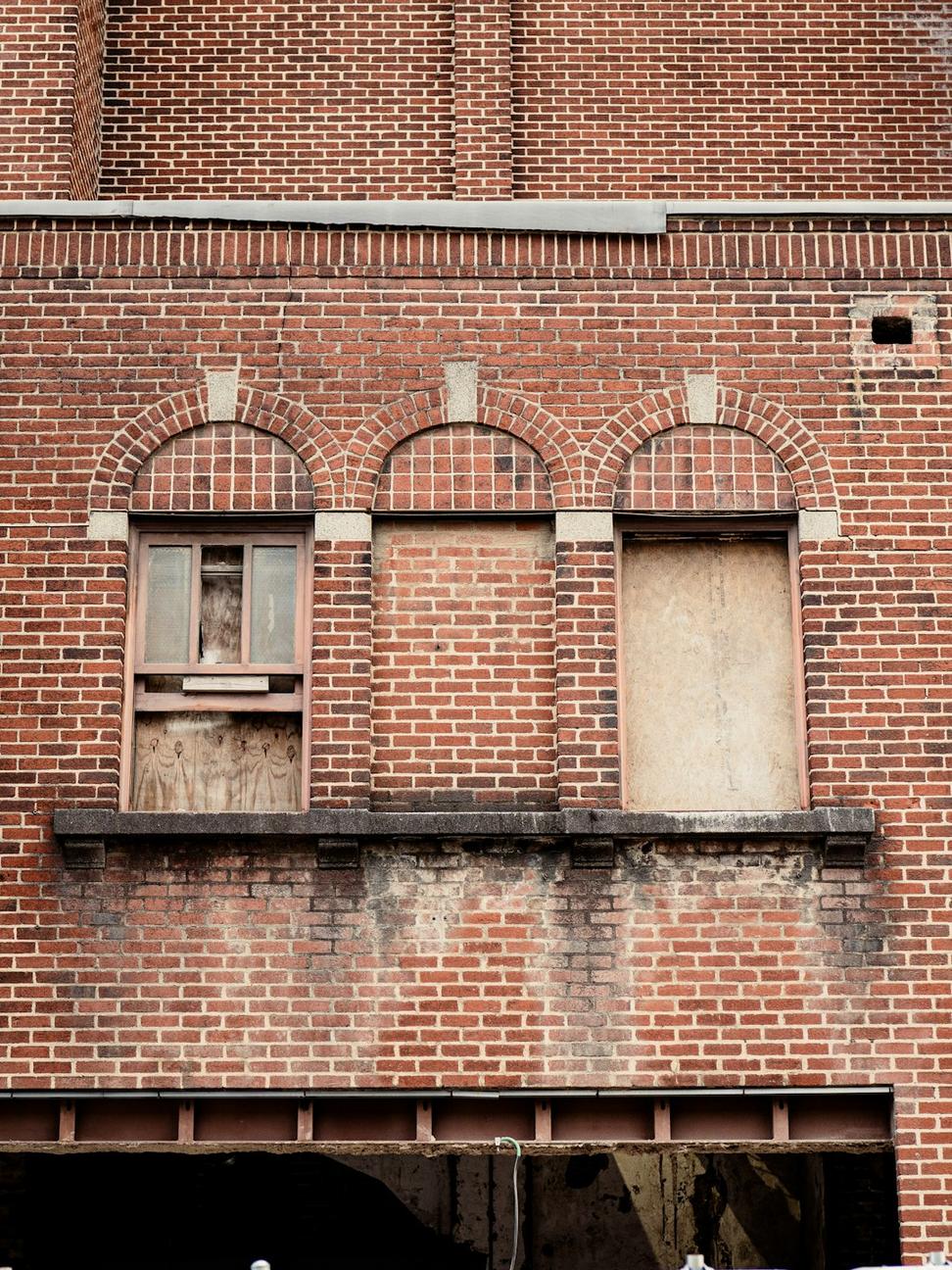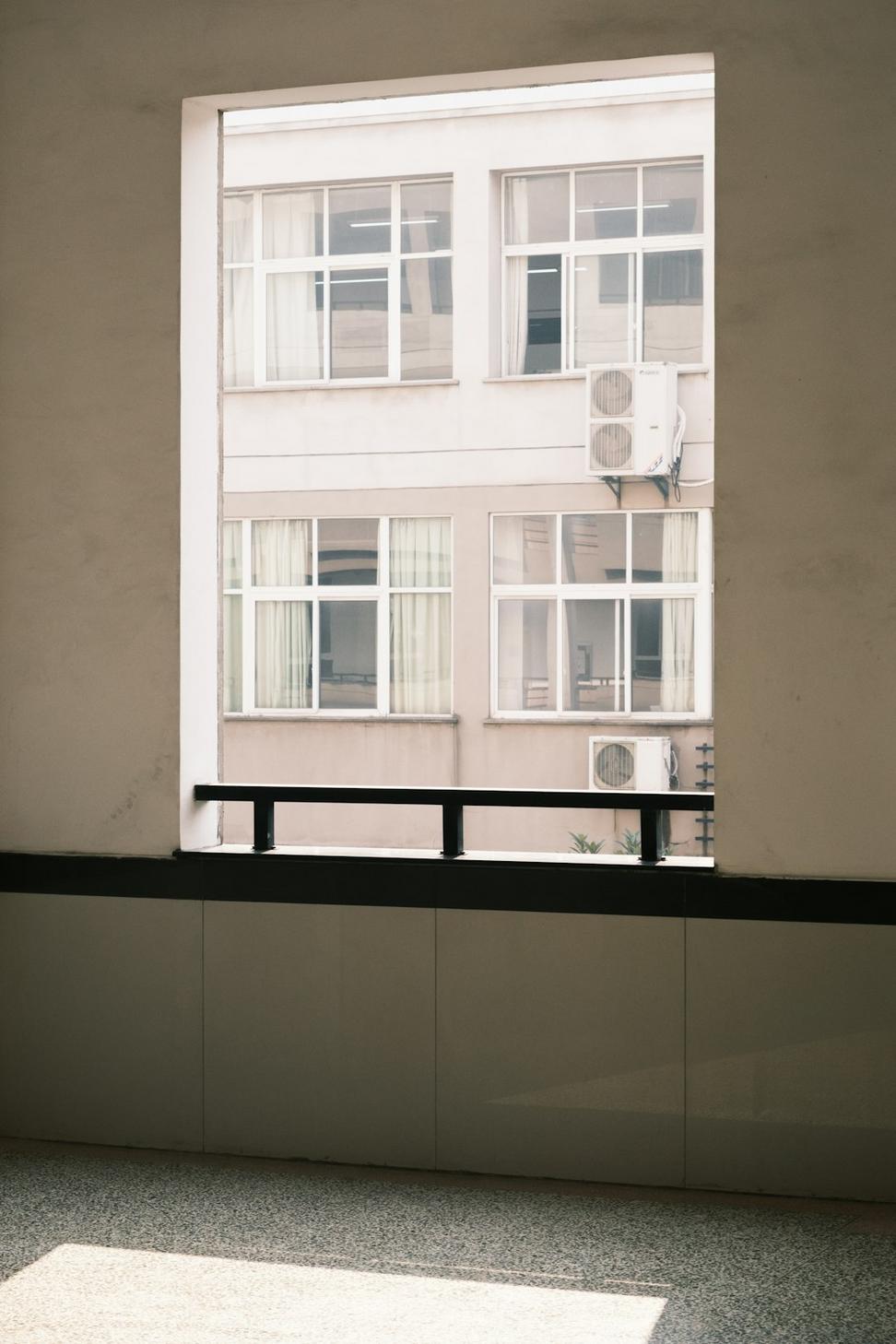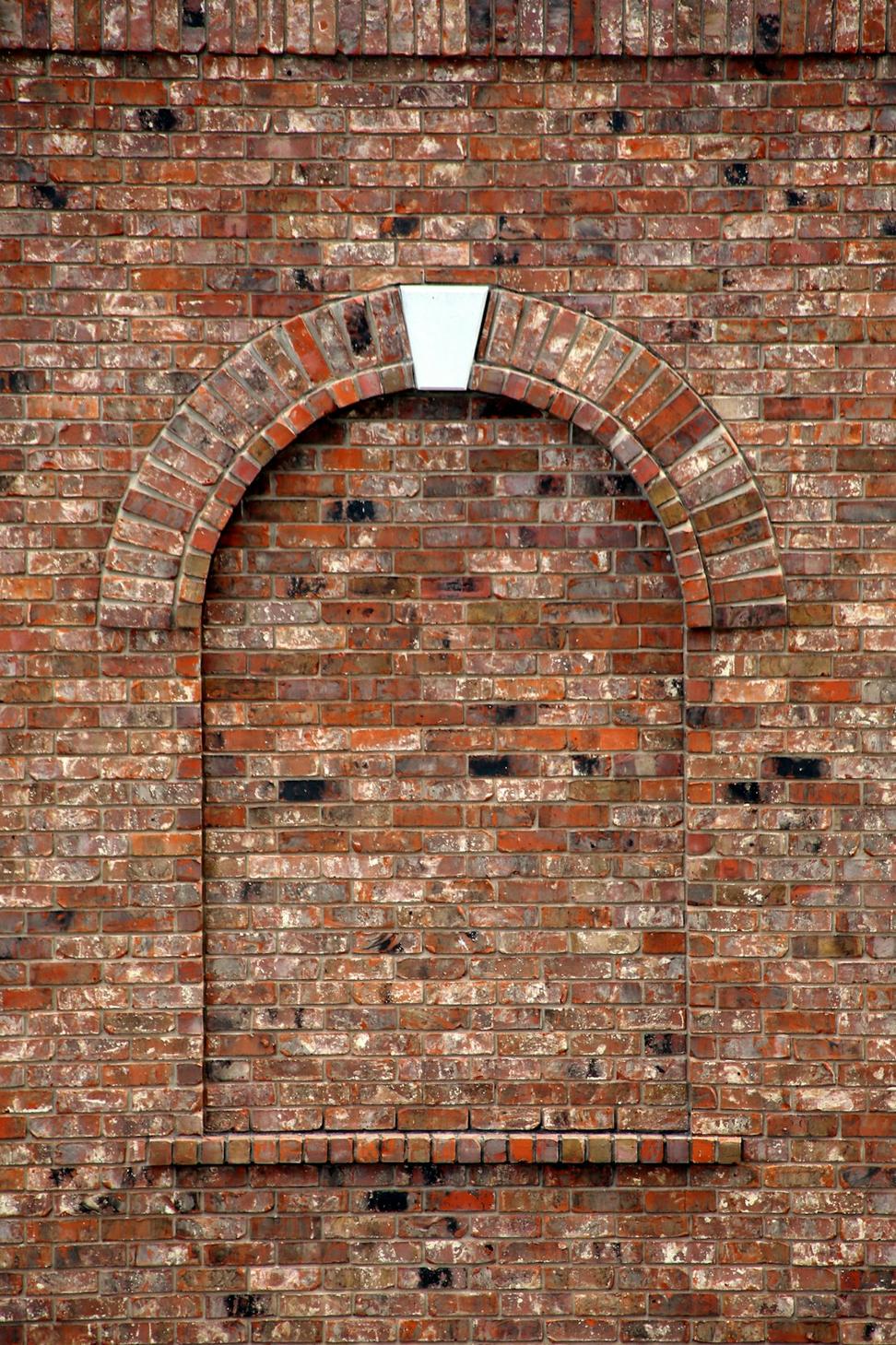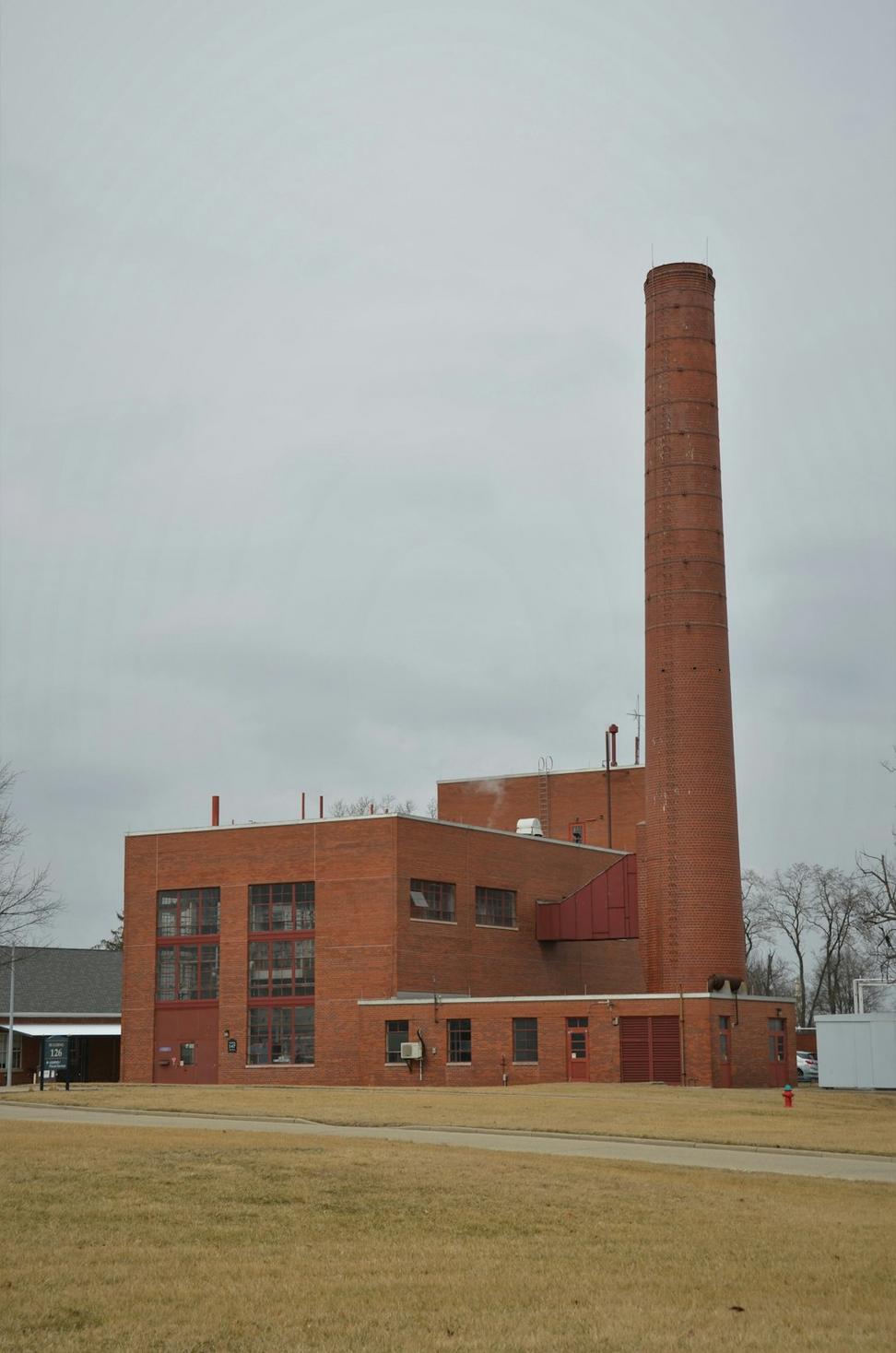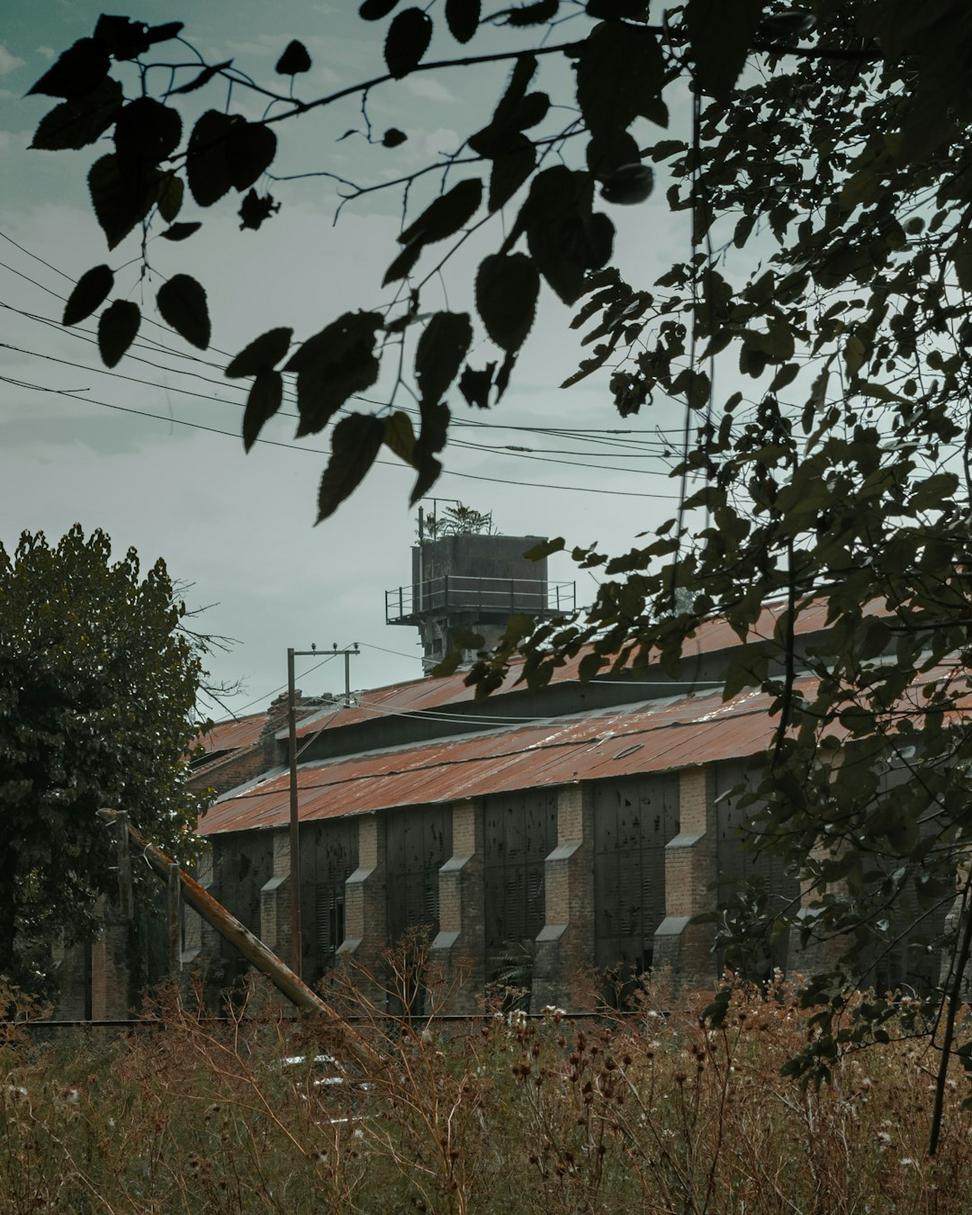Distillery District Warehouse No. 7
Original Use: Whiskey aging warehouse (1889-1957)
Current Use: Mixed-use creative offices & artisan marketplace
This one was a beast when we first walked in back in 2019. The whole place reeked of decades-old mold and pigeon... well, you can imagine. But those timber columns? Absolute units - 14x14 Douglas Fir that don't grow like that anymore. We spent three months just documenting the existing conditions, finding old blueprints in the city archives, talking to folks who remembered when it was operational.
The brick bearing walls were mostly solid, though we had to rebuild the entire north facade after finding serious structural cracks. Kept every original window opening though - even fabricated new steel frames based on the old profiles we found rusting in the basement.
What We Kept, What We Changed
The goal wasn't to make it look brand new - that'd be missing the whole point. We exposed the original brick wherever possible, sandblasted decades of paint off those timber columns (found some amazing carpenter marks from 1889), and kept the old freight elevator shaft as a feature stairwell.
New interventions are deliberately modern - no fake historical crap. Steel and glass additions contrast with the old masonry but respect its scale. Added a mezzanine level using reclaimed steel from another demolished factory across town. The mechanical systems are all tucked away; we're not about letting ductwork steal the show.
Energy efficiency was tricky with heritage constraints, but we managed to hit pretty decent performance with strategic insulation, high-performance glazing, and a geothermal system that didn't require tearing up the foundation.
